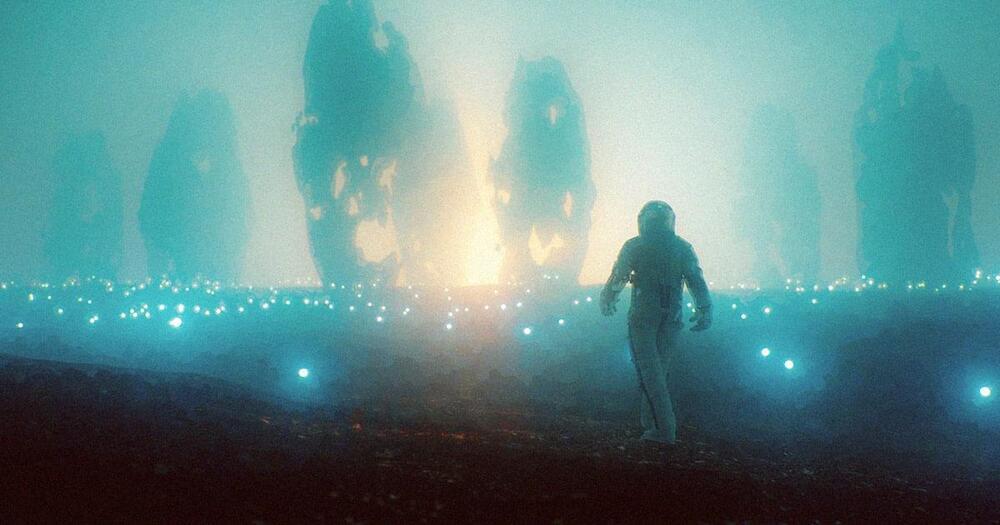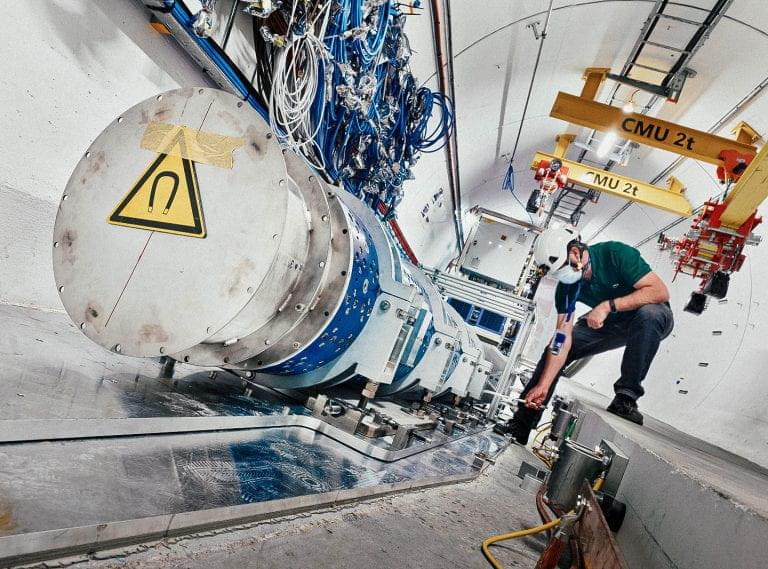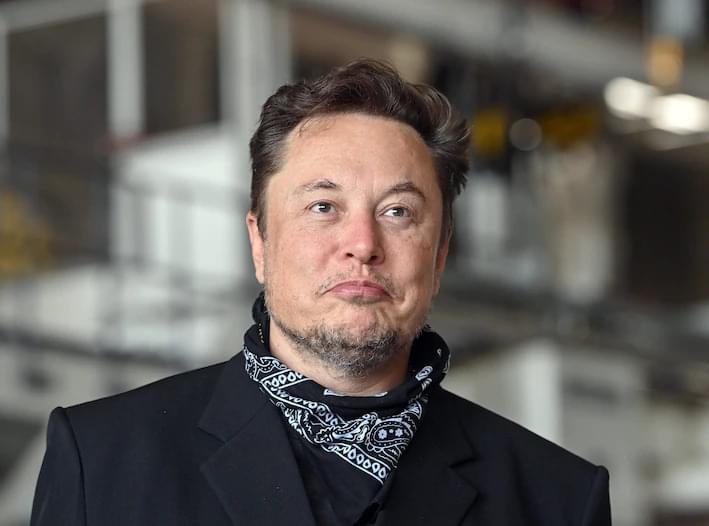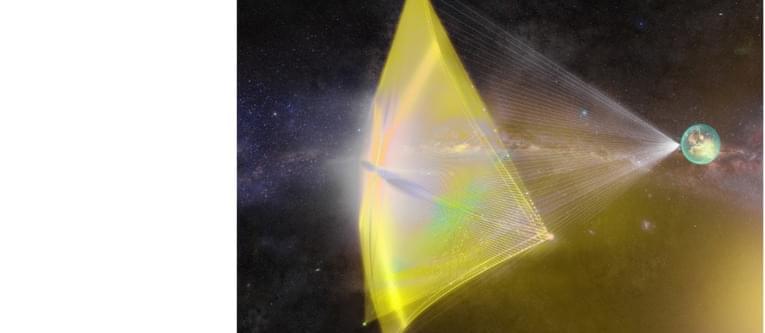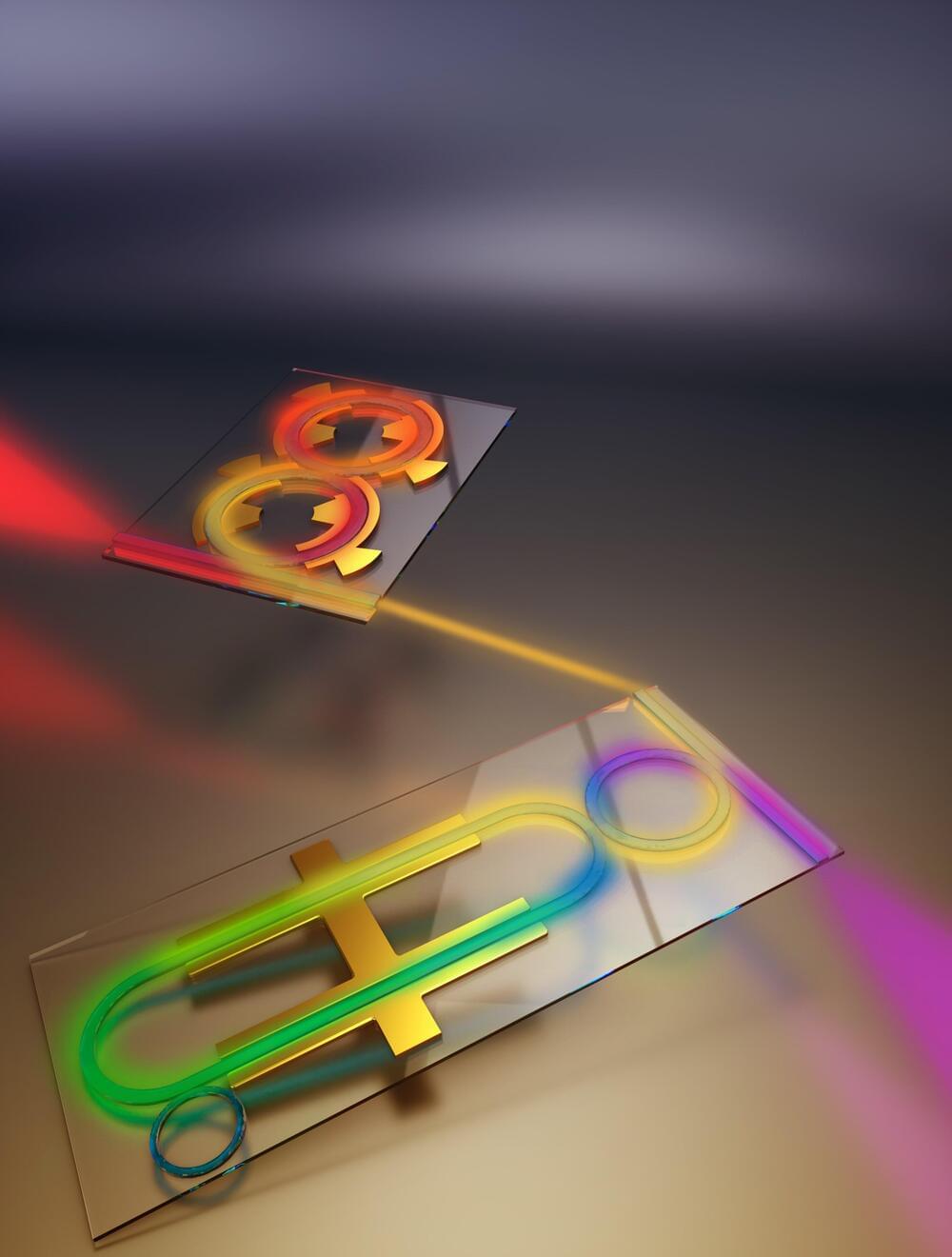Imagine, if you will, that future humans manage to travel to other worlds and find… more humans.
According to one University of Cambridge astrobiologist, that scenario may be more likely than you’d think.
In a new interview with the BBC’s Science Focus magazine, an evolutionary palaeobiologist at the institution’s Department of Earth Sciences named Simon Conway Morris declared that researchers can “say with reasonable confidence” that human-like evolution has occurred in other locations around the universe.
